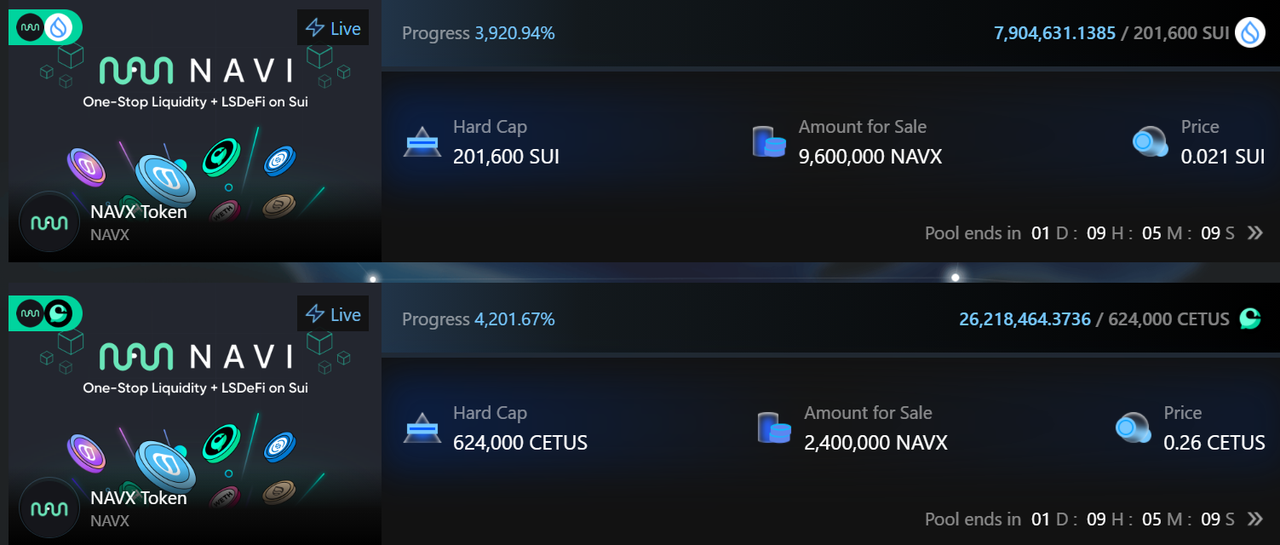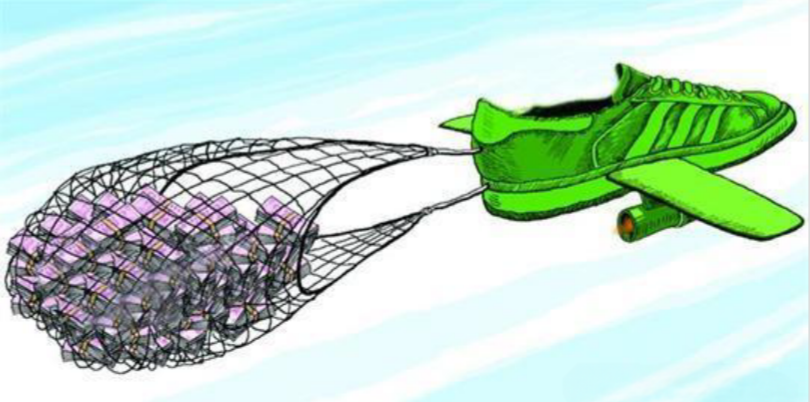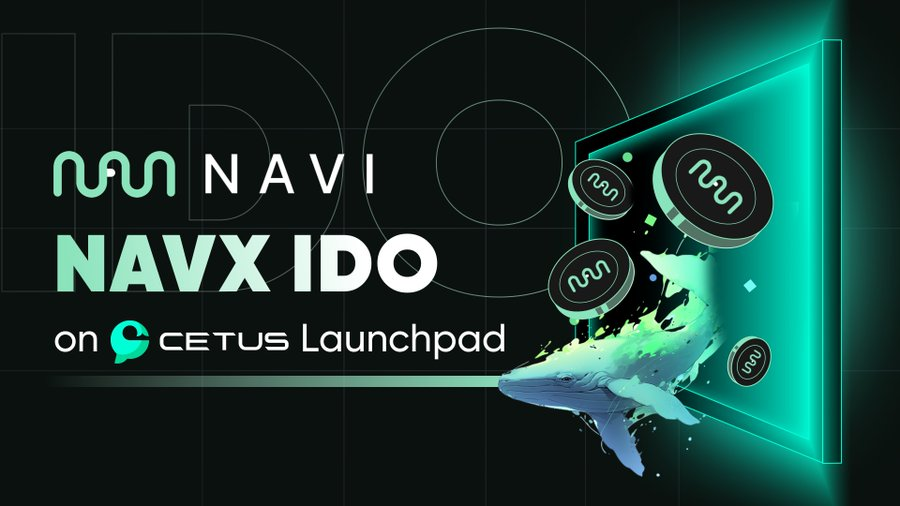Cetus asset subscription amount exceeds 40 times: Various strategies in traditional stock markets await exploration by Web3 projects
Author: Vanguard 0
On February 3, 2024, Cetus announced on the X platform the establishment of a conditional buyback policy for the Navi IDO.
Specifically, Cetus committed that if the market price of NAVX is below its IDO price (0.03 USDT) within 72 hours after the Navi IDO ends, Cetus will buy back 1.2% of the total NAVX IDO supply from the secondary market. The introduction of this policy undoubtedly provides an additional layer of protection for Navi's official IDO on the Cetus Launchpad, alleviating investors' concerns about price fluctuations.

For traditional stock market investors, this operation feels familiar, akin to the green shoe mechanism. Below, we will introduce the workings of the green shoe mechanism, which may provide valuable references for innovation in the crypto space.
The Operating Logic of the Green Shoe Mechanism: When Stock Prices Fall, Underwriters Buy Stocks to Support Value
The green shoe mechanism, formally known as the overallotment option, allows underwriters to overallot up to 15% of shares in a public offering. This mechanism was first used by Green Shoe Manufacturing Company in its IPO in 1963, hence the name. The core of the green shoe mechanism is to provide a market stabilization tool; when a new stock performs poorly after listing, underwriters can support the stock price by purchasing shares in the market.
The execution of the green shoe mechanism involves several key steps aimed at ensuring market stability in the early stages of a new stock's listing:
Overallotment: During the IPO process, underwriters are authorized to overallot up to 15% of shares. This means underwriters can sell more than the number of shares originally planned for issuance, raising funds for potential market stabilization operations.
Market Observation Period: After the IPO, underwriters enter an observation period (usually 30 days) during which they monitor the stock's market performance;
Stabilization Operations: When the stock price falls after listing, underwriters fully buy back shares equivalent to the green shoe size of 15% in the secondary market;

If the company's stock price falls below the offering price after listing, requiring underwriters to purchase shares equivalent to 15% of the offering size to support the price, but the green shoe option is not triggered because these shares will ultimately be returned to the investors who originally lent the shares. At this point, the actual issuance size remains at the originally planned 100%;
If the stock price falls after listing, but underwriters fail to fully buy back shares equivalent to the green shoe size in the secondary market;
In this case, if market performance is poor, underwriters will use the funds raised from the overallotment of shares for market support operations. However, if the number of shares purchased in the secondary market is less than 15%, it indicates that the green shoe option has not been fully exercised. Therefore, the final issuance size will be between 100% and 115%, depending on the actual number of shares bought back;
If the stock price does not fall after listing (no break), underwriters do not need to purchase shares in the secondary market;
In this case, underwriters "borrow" shares from strategic investors and complete the overallotment of these shares during the IPO process. If the market price of the shares remains above the offering price, or even if there is a break but underwriters do not use green shoe funds for purchases, the green shoe option will be fully exercised, resulting in an issuance size of 115% of the original plan.
Nearly 95% of Companies Listed on NASDAQ and NYSE Use the Green Shoe Mechanism, with Four Major Advantages
The green shoe mechanism is widely used globally, especially in large IPOs. Currently, it has been extensively applied in overseas markets such as the United States and Hong Kong.
According to statistics, from 2020 to the first half of 2021, 483 out of 496 companies on NASDAQ and NYSE in the U.S. adopted this mechanism during their IPOs, accounting for over 95%. In the Hong Kong market, during the same period, out of 194 companies that went public, more than half (167 companies) used the "green shoe mechanism," with all larger issuances over $100 million setting up a green shoe mechanism. For example, well-known investors like Bank of Communications and Postal Savings Bank used or set up this mechanism during their H-share IPOs on the Hong Kong Stock Exchange. For instance, when Postal Savings Bank listed its A-shares in 2019, it set a green shoe size of approximately 776 million shares, about 15% of the initial issuance size, and fully exercised this option within the 30th calendar day after listing. This not only stabilized the stock price of Postal Savings Bank in the early stages of its listing but also provided additional protection for investors.
The main advantages of the green shoe mechanism are:
Market Stability: By allowing underwriters to purchase shares from the market when necessary, the green shoe mechanism helps stabilize the market price of newly listed stocks.
Investor Protection: It reduces the risk of significant price fluctuations after a new stock is listed, protecting investors' interests.
Increased Issuance Success Rate: By reducing market volatility, the green shoe mechanism enhances the attractiveness of IPOs, thereby increasing the likelihood of successful issuance.
Increased Liquidity: The process of underwriters buying shares to stabilize market prices also increases market liquidity, contributing to a healthy market environment.
NAVX Tokens on Cetus Oversubscribed by About 40 Times, Highlighting the Application Potential and Promotion Space of the Green Shoe Mechanism in Crypto Assets
Through the conditional buyback policy introduced by Cetus for the Navi IDO, we witness the application and innovation of the green shoe mechanism in the cryptocurrency market. This strategy not only effectively stabilizes the market price of newly issued tokens but also protects investors' interests in a highly uncertain market environment.

Cetus's initiative may encourage more companies to consider adopting similar market stabilization mechanisms in future digital asset issuances, thereby providing more security and stability for the entire cryptocurrency ecosystem. As of now, NAVX tokens on Cetus have been oversubscribed by about 40 times.











